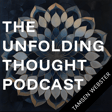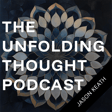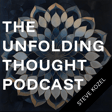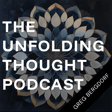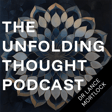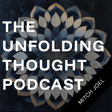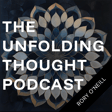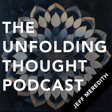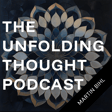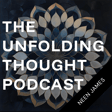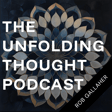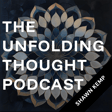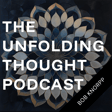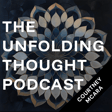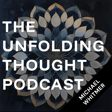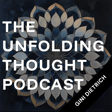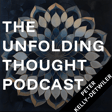
41–Ryan Scott: The Intersection of Behavior & AI
In this episode of The Unfolding Thought Podcast, Eric Pratum talks with Ryan Scott, Head of Product at DNA Behavior, a company focused on delivering precise behavioral analytics using AI and machine learning. Ryan outlines his career growth from finance intern to AI innovator, highlighting how behavioral insights can dramatically improve business outcomes.
Ryan discusses the innovative ways DNA Behavior utilizes AI—from predicting communication styles and job titles based on minimal data, to automating client interactions through advanced chatbots. We delve into practical applications of AI for businesses of all sizes, the challenges of integrating AI into existing workflows, and how AI is reshaping organizational structures and personal roles.
This episode offers invaluable perspectives on the power and potential of AI-driven insights to enhance customer relations, streamline operations, and future-proof businesses.
Topics Explored:
- Ryan’s Path: From finance student to Head of Product at DNA Behavior
- AI and Behavioral Analytics: How DNA Behavior is leveraging big data
- Practical AI Applications: Enhancing client relationships and communication strategies
- Automation and Efficiency: Tools and tactics for integrating AI into business processes
- Predictive Modeling and Machine Learning: Advanced techniques for business insights
- Challenges and Best Practices in AI Integration
- The Future of Work: AI’s impact on organizational structures and personal roles
Links:
- DNA Behavior: https://dnabehavior.com/start
- Connect with Ryan on LinkedIn: https://www.linkedin.com/in/ryanwadescott/
- Microsoft AI Training: https://learn.microsoft.com/en-us/training/courses/ai-900t00
- Sanebox: https://www.sanebox.com
- n8n Workflow Automation: https://n8n.io
- Wonderchat AI Management: https://wonderchat.io
- Episode 31 with Hugh Massie: https://unfoldingthought.com/31-hugh-massie-reaching-1-billion-annually-with-behavioral-insights/
For more episodes, visit: https://unfoldingthought.com
Join the conversation by emailing Eric at: eric@inboundandagile.com
